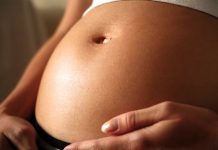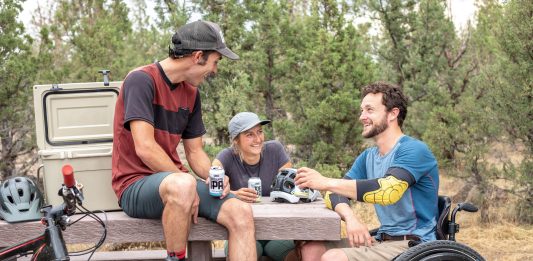Self-assembled nanostructures formed using supramolecular polymers containing peptide amphiphiles (PAs) containing bio active sequences have shown great results in mouse model of SCI and holds immense promise, in humans, for an effective treatment of this debilitating condition that severely impacts the quality of life and mental health of affected people, as well as their family members and is a serious burden on health and social care system.
A spinal cord injury, often caused by a sudden blow or cut to the spine, leads to permanent loss of strength, sensation and function below the site of the injury. Although there is no well-established cure for such injuries, a plethora of research articles have been published to understand the molecular pathology of the spinal injuries and come up with suggestions to regenerate the affected tissue, thereby promoting functional recovery and subsequently allowing people to lead a more productive and independent life. The advancement in science and technology of understanding the molecular mechanisms underlying the spinal cord injury and suggestive therapeutic approaches, in addition to rehabilitation and assistive devices, will go a long way in the recovery of people from such acute injuries and help them to lead a more meaningful life.
In a recent article published in Science on 11th Nov 2021, Alvarez and colleagues tested supramolecular polymers containing peptide amphiphiles (PAs), in a mouse model of paralyzing human spinal cord injury (SCI)1. These PAs contained two definitive signals, the first one activates the transmembrane receptor β1-integrin and a second one activates the basic fibroblast growth factor 2 receptor. Peptide amphiphiles (PAs) are small molecules that contain hydrophobic components covalently linked to a string of amino acids (peptides). The peptide sequence can be designed to form β-sheets, while the residues farthest from the tail are charged to promote solubility and may contain a bioactive sequence. Upon dissolving in water, these PAs undergo β-sheet formation and hydrophobic collapse of the aliphatic tails and induce assembly of the molecules into supramolecular one-dimensional nanostructures (e.g., high-aspect-ratio cylindrical or ribbonlike nanofibres). Assembly is usually induced by varying concentration, pH and introduction of divalent cations2,3. These nanostructures are extremely important for biomedical functions due to their ability to display a high density of biological signals on their surface for targeting or activating pathways.
By creating mutations in the peptide sequence in the non-signalling, non-bioactive domain, intense supramolecular motion within the nanofibres was observed, thereby improving recovery from SCI. The mutation with the highest intense dynamics, resulted not only in axon regrowth and myelination, but also led to blood vessel formation (revascularization), and motor neuron survival.
These supramolecular polymers containing peptide amphiphiles (PAs) thus hold great promise in helping people recover from SCIs, that can have devastating effects on the lived of the patients, both physically and emotionally. Furthermore, these self-assembly nanostructures, made from supramolecular polymers containing peptide amphiphiles (PAs), can be exploited for various biomedical applications such as drug delivery, bone regeneration and decreasing blood loss during internal bleeding.
***
References
- Álvarez Z., et al 2021. Bioactive scaffolds with enhanced supramolecular motion promote recovery from spinal cord injury. Science. Published 11 Nov 2021. Vol 374, Issue 6569. pp. 848-856. DOI: https://doi.org/10.1126/science.abh3602
- Hartgerink, J. D.; Beniash, E.; Stupp, S. I. Peptide-Amphiphile Nanofibers: a Versatile Scaffold for the Preparation of Self-Assembling Materials. Proc. Natl. Acad. Sci. U. S. A. 2002, 99, 5133– 5138, DOI: https://doi.org/10.1073/pnas.072699999
- Pashuck, E. T.; Cui, H.; Stupp, S. I. Tuning Supramolecular Rigidity of Peptide Fibers Through Molecular Structure. J. Am. Chem. Soc. 2010, 132, 6041– 6046, DOI: https://doi.org/10.1021/ja908560n
***



































